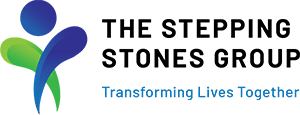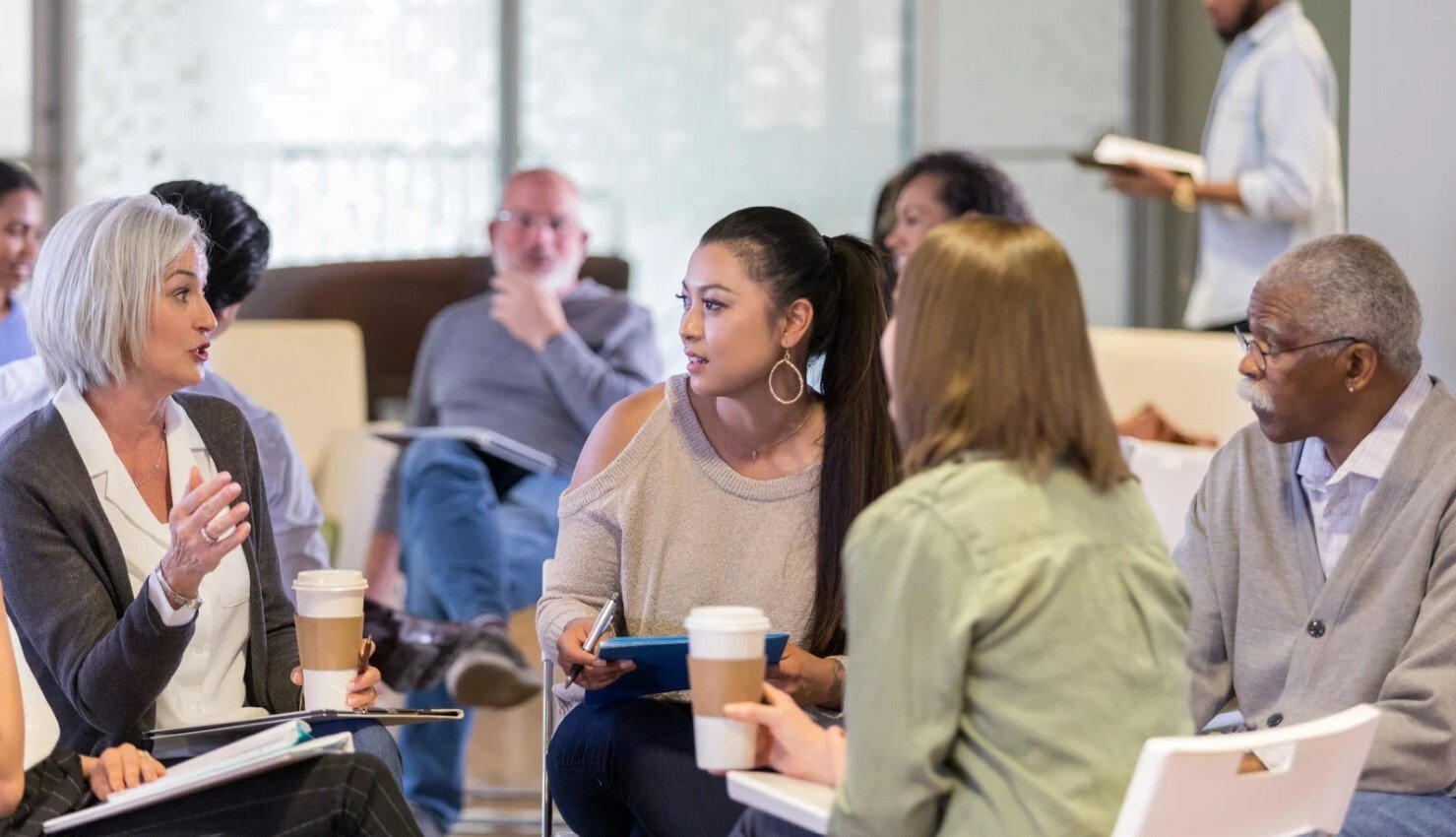Working in a school means you’re rarely alone. And that’s a good thing.
Children As occupational therapists, we bring a unique lens to student success. We consider how children engage with their environment, use their bodies, and regulate their sensory systems. But the truth is, we are just one piece of the puzzle. Most students benefit from support in multiple areas, which is why a team-based approach is so important. Multidisciplinary collaboration provides a more complete picture of a student’s needs and strengths.
When occupational therapists, speech-language pathologists, teachers, school psychologists, counselors, behavior specialists, and other professionals work together, we begin to see how interconnected our roles truly are. For example, a student’s handwriting difficulties might stem from language processing challenges. A child struggling with transitions could be experiencing sensory sensitivities or emotional regulation difficulties. By combining our perspectives, we can better understand the root of the issue and create more effective plans to support the student.
Here are three ways teams can collaborate successfully in a busy school environment:
- Co-planning and shared goal writing. Sitting down with other providers during IEP development allows for the creation of goals that align across disciplines. For instance, a goal focused on classroom participation may address both communication and motor planning. A unified approach helps students experience consistent support throughout their day.
- Shared observations and collecting data as a team. When multiple professionals observe a student in the classroom or on the playground, each person brings their own lens to what they notice. Collaboratively collecting data—such as frequency counts of specific behaviors, tracking student responses to sensory strategies, or documenting patterns in peer interaction—can lead to a deeper understanding of what is or isn’t working. Shared data collection also helps ensure consistency across services and strengthens our decision-making when adjusting supports.
- Co-treatment or parallel sessions. When therapists work with a student at the same time or plan sessions that complement each other, they can model strategies, reinforce shared goals, and help students generalize skills more naturally. For example, an occupational therapist and speech-language pathologist might use a craft activity to target both fine motor skills and expressive language.
While collaboration does require time, communication, and flexibility, the rewards are clear. We develop more cohesive plans, strengthen support systems, and help students feel understood and supported throughout their day. Ultimately, we are all working toward the same goal: helping students participate, communicate, learn, and thrive. When we work together as a team, we create a stronger, more effective support system for every child we serve.
Author: Kimberlee Manly, MSOT, OTR/L

